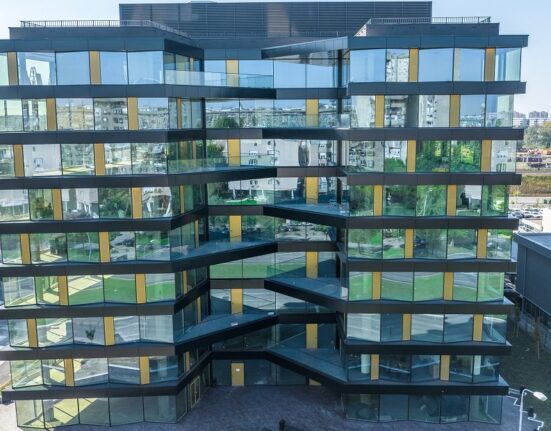To be fair, the last suggestion came from the Albanian press, which, it also must be said, clearly had an angle to information, as scoops regarding the EU draft had appeared sporadically there over the past week.
Yet Serbian President Aleksandar Vucic on Thursday (Sept. 23) made his country’s stance crystal clear, with Vucic while speaking to the UN Assembly “rejecting a provisional EU draft document for the solution to Kosovo,” as cited by Euronews.
Vucic was quoted as comparing Serbia’s links to Kosovo to that of Ukraine’s refusal to give up territory to Russia, asking: “What are the difference between the sovereignty and the territorial integrity of Ukraine, and the sovereignty and territorial integrity of Serbia?”
Vucic has been pressured by the EU and the US to recognize the independence of Kosovo, and at the same time Serbia has found itself, as always, stuck between superpowers, with this position more tenuous, due to energy questions, Russian relations and the war in Ukraine.
Yet behind the scenes Serbia is still moving forward, and arguably closer to the EU, as evidenced by plans to renovate the Belgrade-Nis rail line. For this rail line is more key than some may believe, as it is a crucial link in a key corridor, this being “corridor x” which links Salzburg, Austria to Budapest, Hungary to Istanbul Turkey and Thessaloniki, Greece in the literal form of an “x.”
While the final stamp on financing is waiting for approval, the Belgrade-Nis investment de facto means that once again, while economically speaking relatively small when compared to leading EU states, Serbia’s mere location in the heart of the Balkans—and in south eastern part of the EU is simply put, highly valuable. The EU sees this. The US probably should see this, and likely does, and China sees this, as the last has proved a competitor financing wise to EU money.
Which means—to quote none other than Johnny Cash—sometimes you just have to walk the line.
Photo credit: Photo from the Railway Wonders of the World magazine by Frederick A. Talbot, 1913, Public domain, via Wikimedia Commons.








